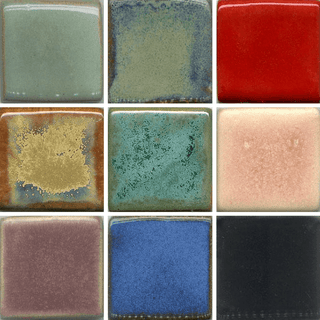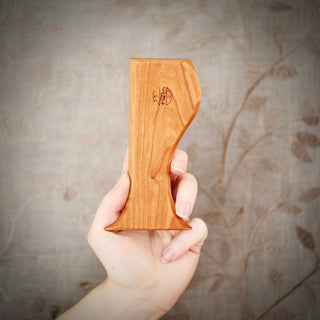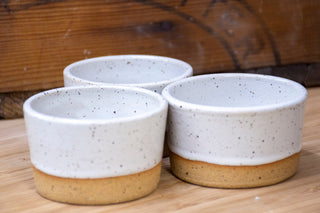Thinking of taking that next leap? Firing at home, no longer transporting pieces from home to studio. Maybe taking control of your own firing schedule, trying some more weird and wonderful glazes and clays?
Have you been hesitant because....holly heck who knows how much your electricity bill will be increasing?
We'll lets try to take some mystery out of that!
Here's a way you can help to estimate your firing costs!
Amps & volts are located on the nameplate of the kiln (Usually on the first electrical box)
1 = Amps
2 = Volts (if 220 or 240 volts, use 230)
3 = Firing time in hours time x .6
(since kiln is only on full power at end of firing)
4 = Cost per kilowatt from your electric bill
1 x 2 / 1,000 x 3 x 4 = Firing Cost
A longer firing will increase the energy cost, it will not be a large increase because the kiln will not be on full power any longer and the .6 factor in "3" of the formula would be lower.
The formula assumes a normal, even increase 8 hour firing. Greater accuracy can be achieve by following the same procedure for multiple smaller segments. A three hour drying on the lowest setting might use a factor of .1 in calculating "3" and then .6 or .7 for the remaining time.
We hope this helps you estimate how much each firing may cost you. Factor this in when pricing your pieces or in your power point presentation to your partner when you're convincing them how great of an idea it is for you to have your own kiln. Savings in time, studio memberships or transportation to your nearest kiln.
If you have any other questions regarding kilns, just call or email us! We're happy to help the best we can.
Amaranth Stoneware is a distributor for both L&L Kilns & Cone Art Kilns.






